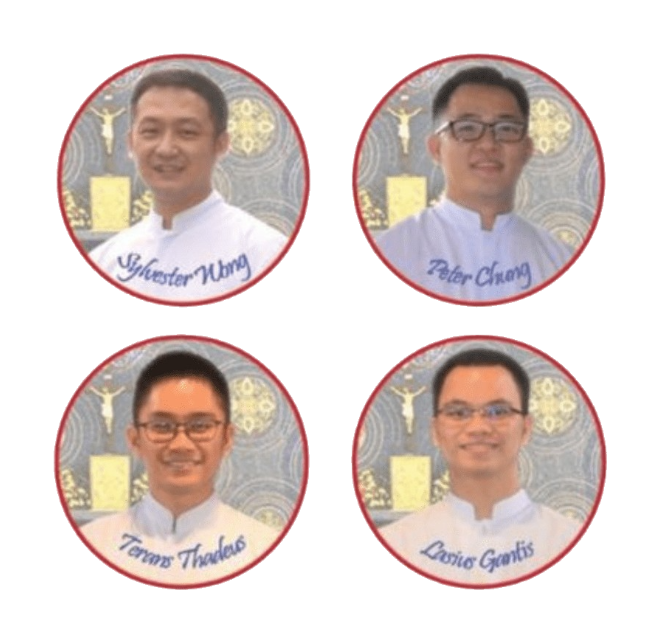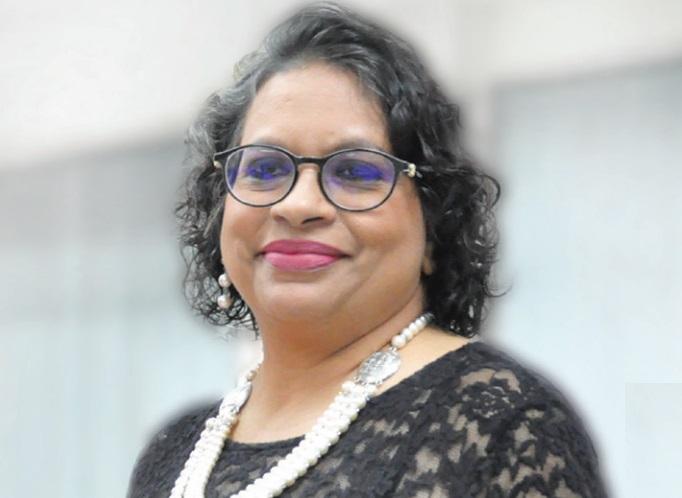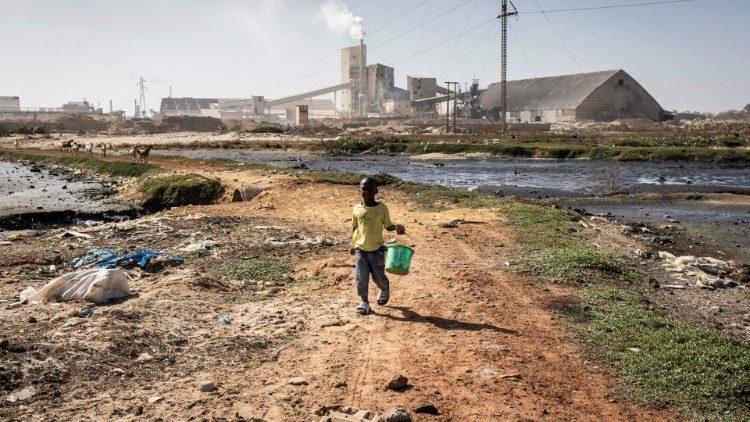ADHC official explains pastoral care for migrants in parishes
 KOTA KINABALU: A local official explained what pastoral care for migrants has been taken in the parishes.
KOTA KINABALU: A local official explained what pastoral care for migrants has been taken in the parishes.
Dominic Lim, Coordinator of the Kota Kinabalu Archdiocese Human Development Commission (AHDC) said in a recent interview with Catholic Sabah, being in a foreign land, migrants would need to be assisted in such process as there are socio-economic and cultural elements that could take time to adjust and adopted by both sides.
“Our local faithful too would need to be made aware of the stand of the Church towards migrants and how her social teachings could be lived out despite the negative biases and prejudices propagated by our society towards foreigners.
“Public opinion also needs to be correctly formed, not least to prevent unwarranted fears and speculations detrimental to migrants,” he said echoing the Pope’s message for the World Day of Migrants and Refugees (WDMR) 2016.
Along with such concerns, Lim said the Human Development Commissions of the three dioceses in Sabah came together in February 2011 in Bundu Tuhan for the first AMOS programme which opened up debates and discussions about pastoral care for migrants in Sabah.
Subsequently, AMOS-2 was organised in Keningau in 2013 and AMOS-3 is being scheduled next year in Sandakan.
This programme, inspired by Prophet Amos, is aimed to help participants in their prophetic mission in speaking up for the marginalised and vulnerable, among whom are migrants.
Meanwhile, he said, an effort to bring pastoral workers for migrant ministry from the Sending Church (Flores, Indonesia), Transit Church (Tanjong Selor), and Receiving Church (Sabah dioceses) has also been initiated.
The first Tripartite gathering was held in Tarakan (Indonesia) in 2011, followed by Tawau in 2012, Larantuka (Indonesia) in 2013, and Sandakan in 2015.
These gatherings were participated by bishops, clergy, religious and lay workers involved in migrant ministry, where they shared reports about the situations faced by migrants leaving their homeland and the challenges they faced while working in Sabah.
He said that exchanges of information have brought about closer understanding and collaboration among the churches in the region for pastoral care of migrants.
A Migrant Desk under the purview of the AHDC was established in February 2014. Another concrete action was in the form of a Memorandum of Understanding (MoU) that was signed between KK Archdiocese and Larantuka Diocese in Flores in October 2014 to improve the existing pastoral care to migrants.
Though efforts have been made for greater awareness, collaboration and networking at the diocesan level towards pastoral care for migrants, parish communities have not been left out too.
Through seminars on Catholic Social Teachings, more and more faithful are beginning to appreciate the need to respond to the plights of our migrant brothers and sisters, he said.
“The works of religious congregations too have helped many parishioners to see migrant ministry as part and parcel of the church mission.
“However, to concretise the integration and acceptance process, pastoral structures should be in place where migrants can take up responsibilities to help build the local Church. Some parishes have set up committees (such as Filipino Pastoral Committee and Komiti Keluarga Katolik Indonesia) for them to channel their concerns and struggles,” he said while adding that the education of migrant children needs to be looked into as well.
Pope Francis said, “Migrants are our brothers and sisters in search of a better life, far away from poverty, hunger, exploitation and the unjust distribution of the planet’s resources which are meant to be equitably shared by all” (2016 WDMR message).
In response to the Gospel of Mercy, EMI President Bishop Bernard Paul said that we should still ask ourselves “Who is my neighbour?” and call all parishes to “share ourselves and our Samaritan response to these new neighbours in our midst!”



